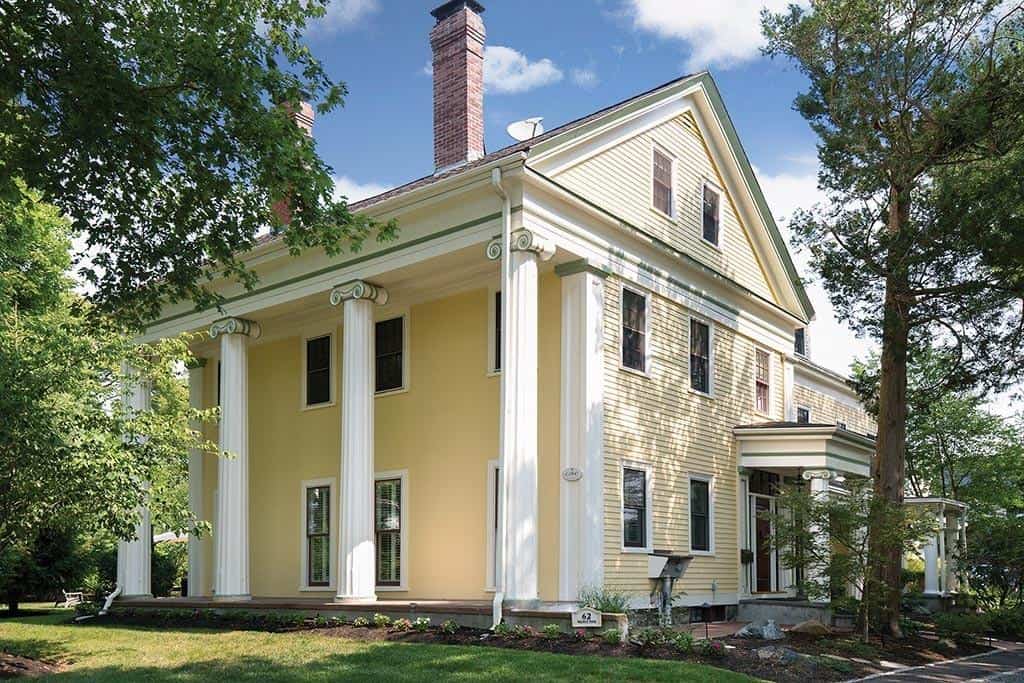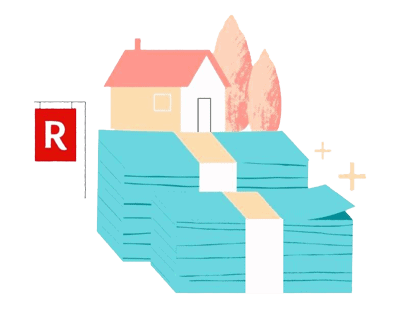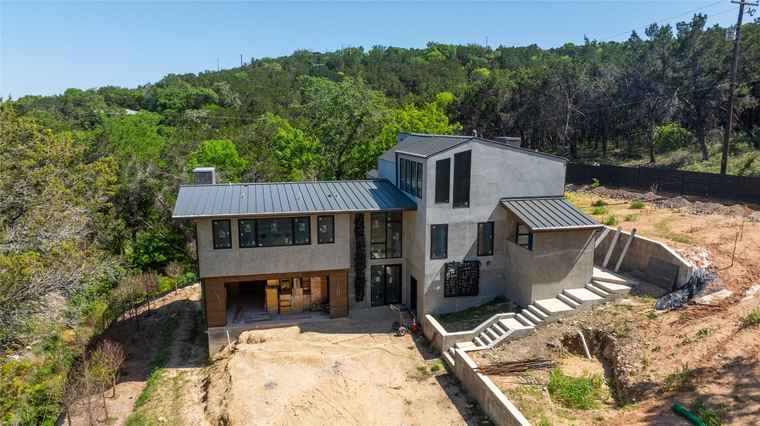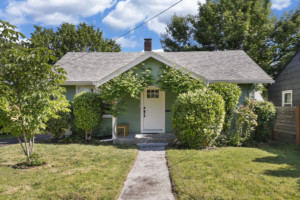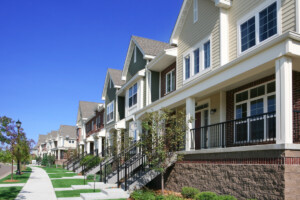Have you ever wandered through an older neighborhood and noticed that the homes look like they were frozen in time, with similar windows, shutters and front stoops? It’s possible that those homes are part of what’s called a historic district. Here in Boston, we have nearly 50 neighborhoods that are designated as historic districts. And it doesn’t necessarily mean the homes are particularly old, or that something important happened in the area. Here’s some information about these districts, and what buying a home in one of them would entail.
What is a Historic District?
A local historic district is an area that has been deemed historically or architecturally significant, in this case by the county or city government, usually with approval from (or at the request of) local residents. The designation is intended to preserve the character of the area, and it prevents homeowners from making alterations to the front exterior of the homes. (There are also federal and state-level historic districts, but those designations don’t typically come with restrictions that affect the homeowner.) Buying a Home in a Historic District
Owning a piece of history can be very appealing, but buying a home in a historic district comes with certain limitations. Homeowners cannot alter the façade, or front face, of the building. If, for instance, your windows need to be replaced, you would be required to replace them with historically appropriate windows. As another example, you may be restricted from installing an additional front entry if you wanted to add a rental unit. Check with your town hall in regards to the rules and regulations for the historic preservation/commission for your area
There are no restrictions on interior renovations or on parts of the home that cannot be seen from the street. There are plenty of homes in historic districts here in Boston that have been completely gutted and renovated inside or at the back of the home.
There’s nothing special you need to know about the inspection of a home in a historic district, but keep in mind that some repairs may cost more since you have to conduct them in a manner that is acceptable to the historic district.
Benefits of Living in a Historic District
If your neighborhood is a historic district, you know that it will largely remain the same, and that you won’t have to worry about the homes being torn down and new construction being built in its place.
Another possible advantage is higher appreciation. While there’s no guarantee that your home will increase in value because it’s in a historic district, a 2007 study by a historic preservation officer in Tempe, Arizona, found that property values increased by 5 percent to 35 percent more in historic districts than in areas with similar homes. That same study found that homes in historic districts are often more protected from fluctuations in the housing market.
Historic districts usually also have a strong sense of community. Residents care about their homes and about the neighborhood.
I love living in a historic district, but it’s not for everyone. Talk with your real estate agent about what’s important to you and make sure you understand what you’re getting into before you take the plunge.
Note: This is a guest post; the views and opinions expressed are those of the author and do not necessarily reflect the opinion or position of Redfin.

